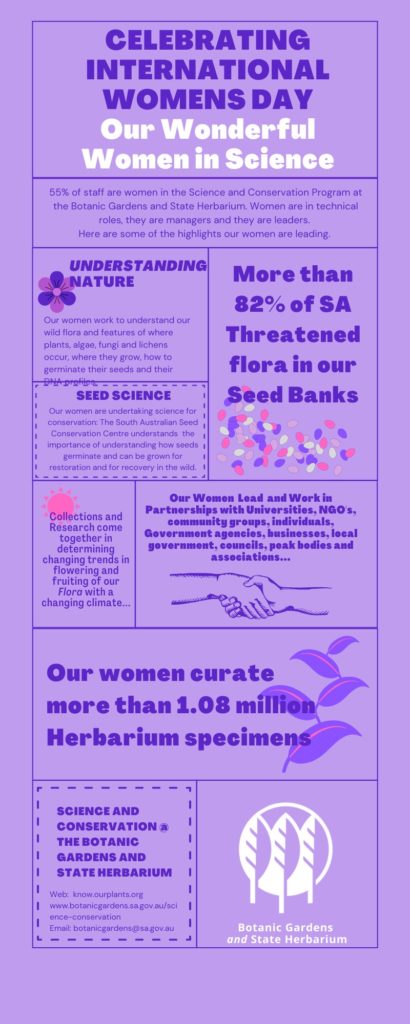Today is National Tree Day and in Australia across many parts of the country the dominant trees are the eucalypts. There are over 800 species of eucalypts and I often find myself trying to identify them as I drive along country roads or ride my bike to and from work. More often than not the best I can say is… ‘yes that it is a Eucalyptus‘. My cycle route around Adelaide takes me through a number of areas where eucalypts have been planted or left to remain. As a guess, I think I would ride past at least 20 species of eucalypts a day. We are lucky to live in a city that has extensive parklands surrounding it and a botanic gardens at its heart. In addition, in the area less than 15 minutes from central Adelaide City you can be in some kind of woodland, be it planted or remnant. There are not many other cities in the world that can claim the same.
 The remarkable diversity of eucalypts can make them challenging to identify. In fact only a small group of extremely talented people (I’m not one) can tell you the species name by sight. Some eucalypts are quite distinct and can be identified by looking at the shape of the tree, or the gloss of the leaves. In fact to identify a ‘Euc’ it often takes a combination of bark, buds, leaf shape, number of gum-nuts and a few other characters to be confident you have the correct species.
The remarkable diversity of eucalypts can make them challenging to identify. In fact only a small group of extremely talented people (I’m not one) can tell you the species name by sight. Some eucalypts are quite distinct and can be identified by looking at the shape of the tree, or the gloss of the leaves. In fact to identify a ‘Euc’ it often takes a combination of bark, buds, leaf shape, number of gum-nuts and a few other characters to be confident you have the correct species.
If you have a chance on this National Tree Day, or the coming week, you should see if you can visit a eucalypt. Unless you are in the Nullarbor region there will be a eucalyptus close by wherever you are. It may be a mallee if you are in the outback, it might be planted if you are near a park, or if you are really lucky it might be a 400 year old River Red Gum (Eucalyptus camaldulensis).
Enjoy looking at the eucalypt, observe the bark and the nuts and the leaves. See if you can figure out what species it might be. If you are interested to learn more about eucalypts then we will be hosting tours of the Adelaide Botanic gardens as part of the ‘Nature Festival’ programme that the Botanic Gardens and State Herbarium has planned for 2022. We hope that we will see you in the gardens for it.
Written by State Herbarium botanist Andrew Thornhill








You must be logged in to post a comment.